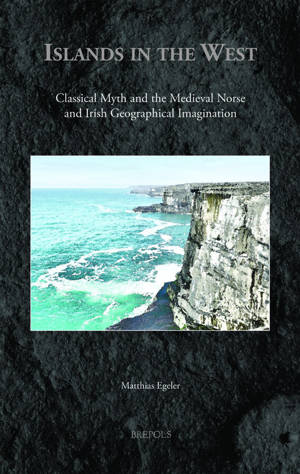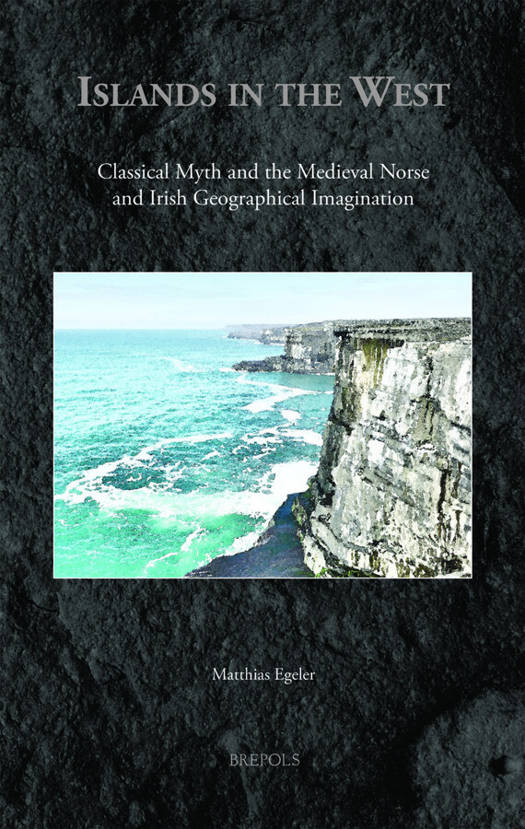
Je cadeautjes zeker op tijd in huis hebben voor de feestdagen? Kom langs in onze winkels en vind het perfecte geschenk!
- Afhalen na 1 uur in een winkel met voorraad
- Gratis thuislevering in België vanaf € 30
- Ruim aanbod met 7 miljoen producten
Je cadeautjes zeker op tijd in huis hebben voor de feestdagen? Kom langs in onze winkels en vind het perfecte geschenk!
- Afhalen na 1 uur in een winkel met voorraad
- Gratis thuislevering in België vanaf € 30
- Ruim aanbod met 7 miljoen producten
Zoeken
Islands in the West
Classical Myth and the Medieval Norse and Irish Geographical Imagination
Matthias Egeler
Hardcover | Engels
€ 116,60
+ 233 punten
Omschrijving
This monograph traces the history of one of the most prominent types of geographical myths of the North-West Atlantic Ocean: transmarine otherworlds of blessedness and immortality. Taking the mythologization of the Viking Age discovery of North America in the earliest extant account of Vinland ('Wine-Land') and the Norse transmarine otherworlds of Hvitramannaland ('The Land of White Men') and the Odainsakr/GlAesisvellir ('Field of the Not-Dead'/'Shining Fields') as its starting point, the book explores the historical entanglements of these imaginative places in a wider European context. It follows how these Norse otherworld myths adopt, adapt, and transform concepts from early Irish vernacular tradition and Medieval Latin geographical literature, and pursues their connection to the geographical mythology of classical antiquity. In doing so, it shows how myths as far distant in time and space as Homer's Elysian Plain and the transmarine otherworlds of the Norse are connected by a continuous history of creative processes of adaptation and reinterpretation. Furthermore, viewing this material as a whole, the question arises as to whether the Norse mythologization of the North Atlantic might not only have accompanied the Norse westward expansion that led to the discovery of North America, but might even have been among the factors that induced it.
Specificaties
Betrokkenen
- Auteur(s):
- Uitgeverij:
Inhoud
- Aantal bladzijden:
- 357
- Taal:
- Engels
Eigenschappen
- Productcode (EAN):
- 9782503569383
- Verschijningsdatum:
- 14/09/2017
- Uitvoering:
- Hardcover
- Formaat:
- Genaaid
- Afmetingen:
- 163 mm x 241 mm
- Gewicht:
- 793 g

Alleen bij Standaard Boekhandel
+ 233 punten op je klantenkaart van Standaard Boekhandel
Beoordelingen
We publiceren alleen reviews die voldoen aan de voorwaarden voor reviews. Bekijk onze voorwaarden voor reviews.









